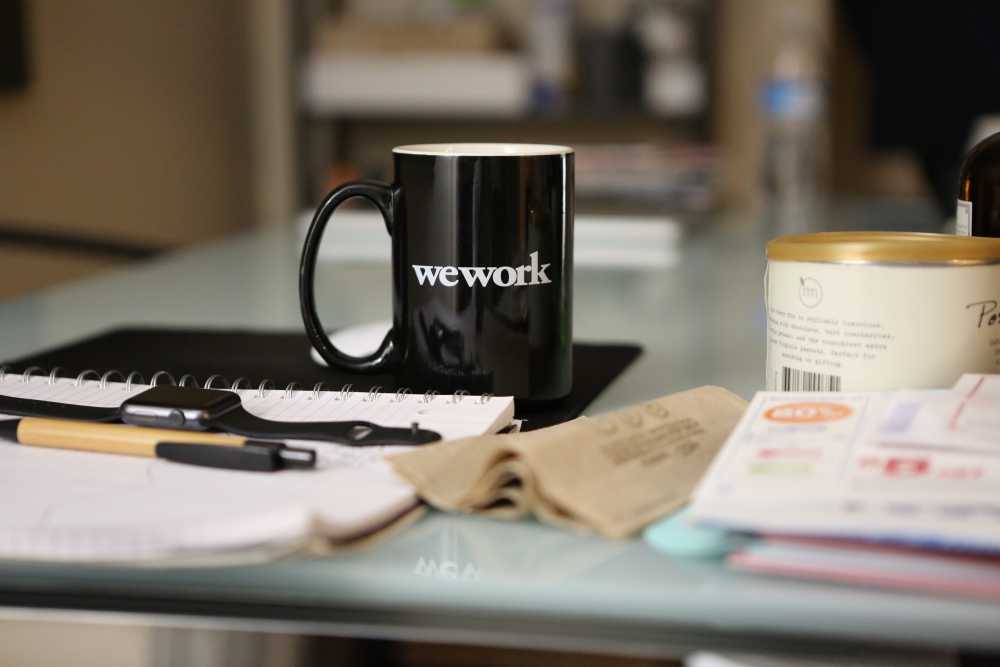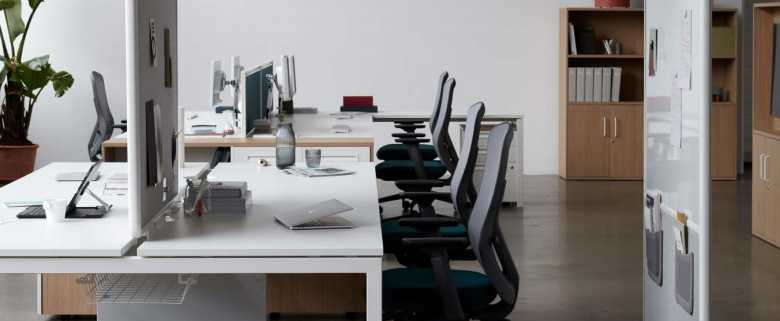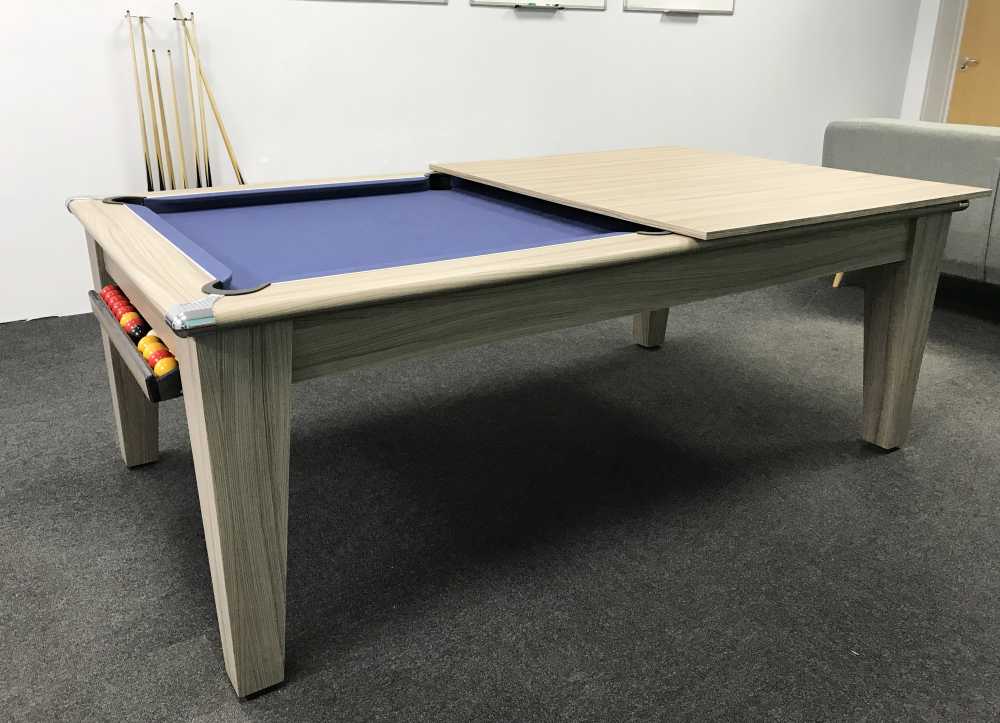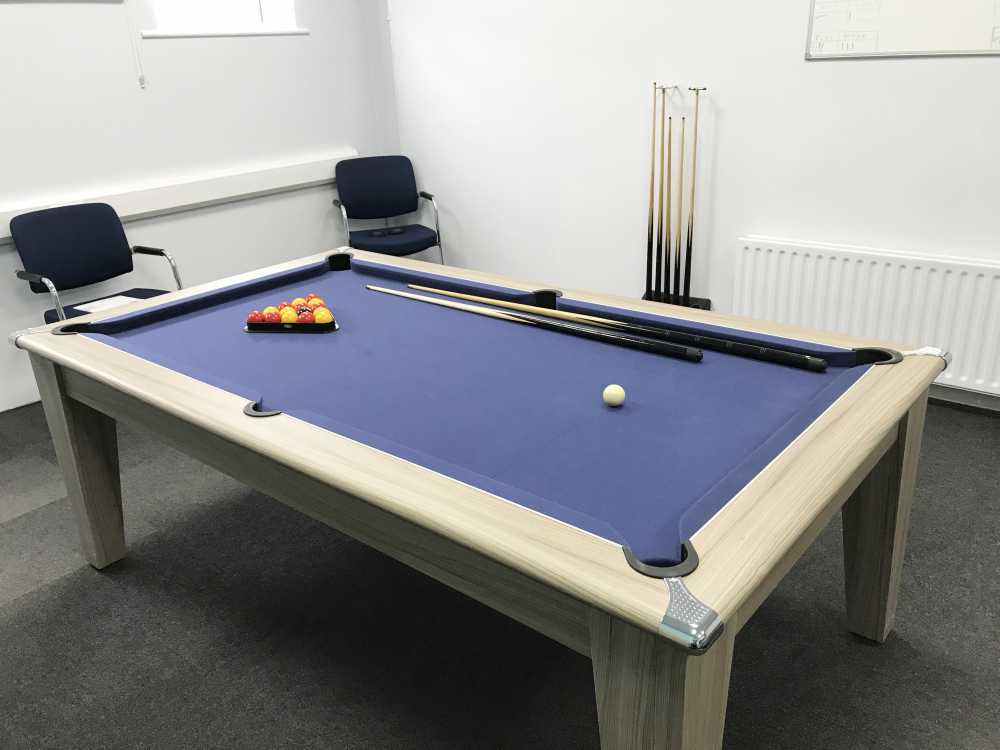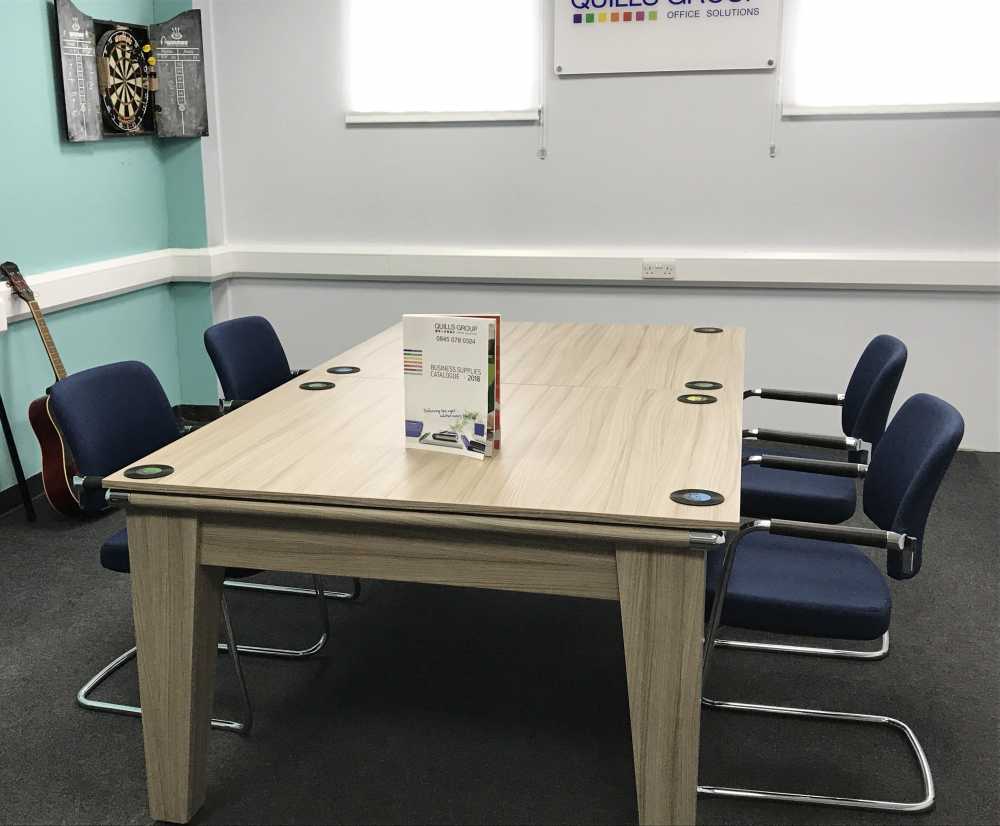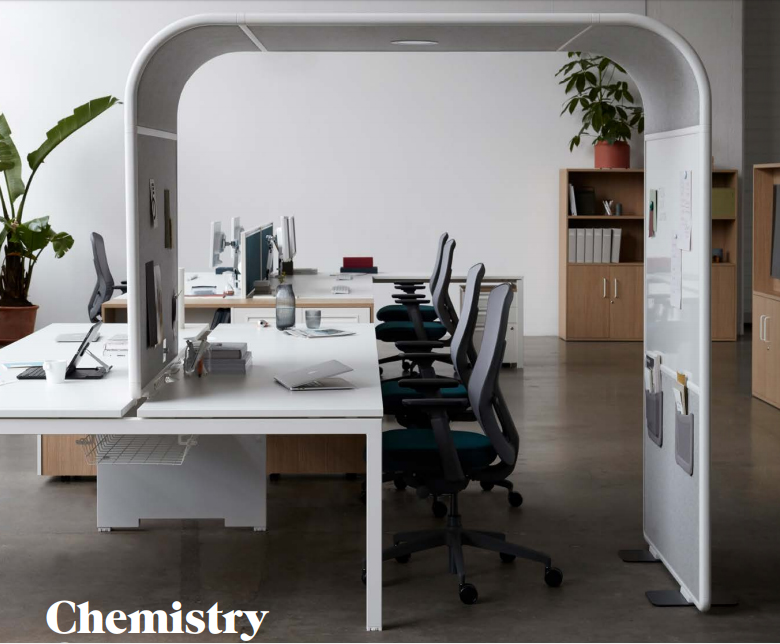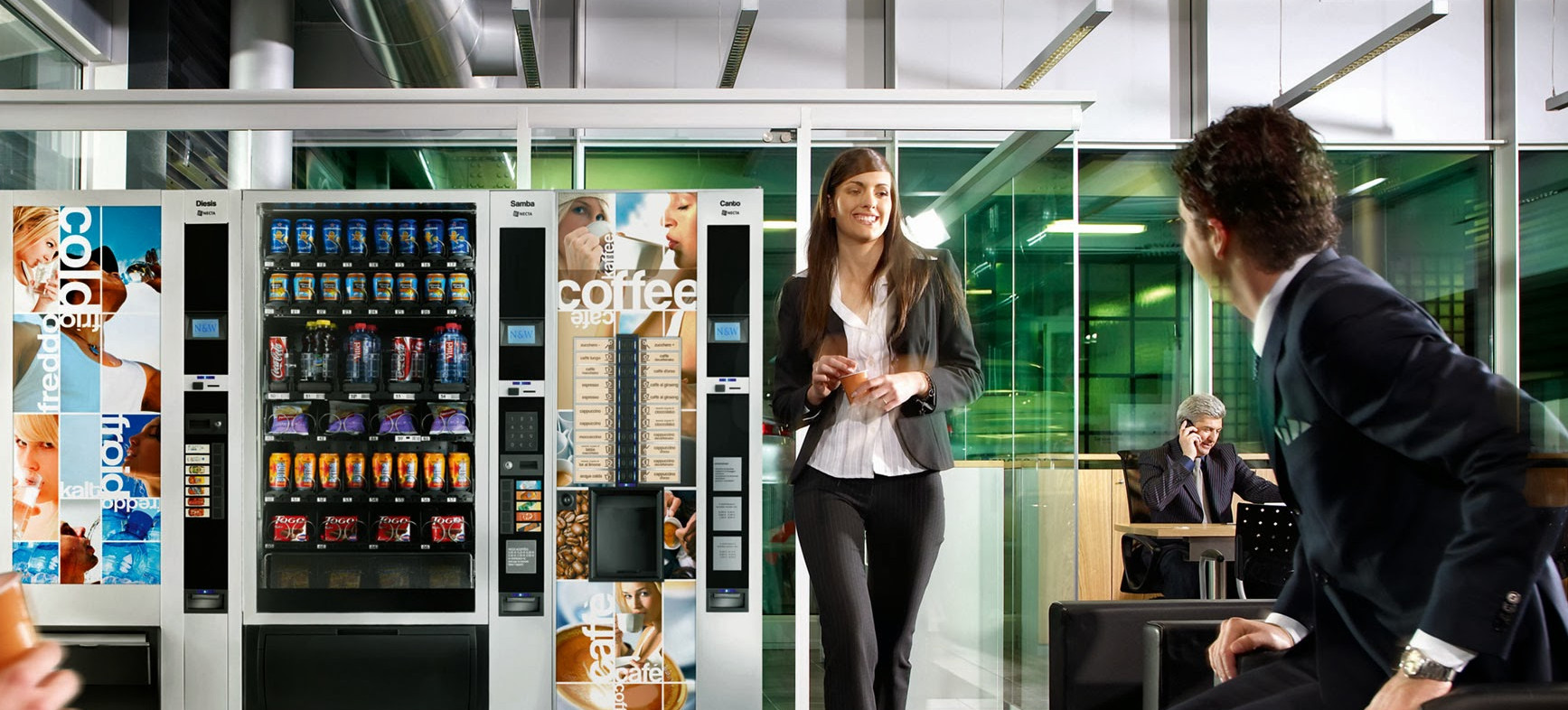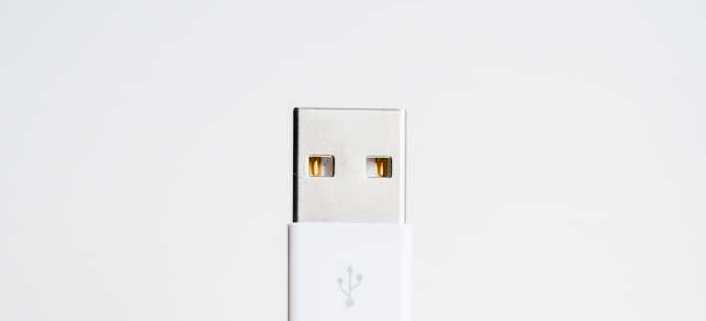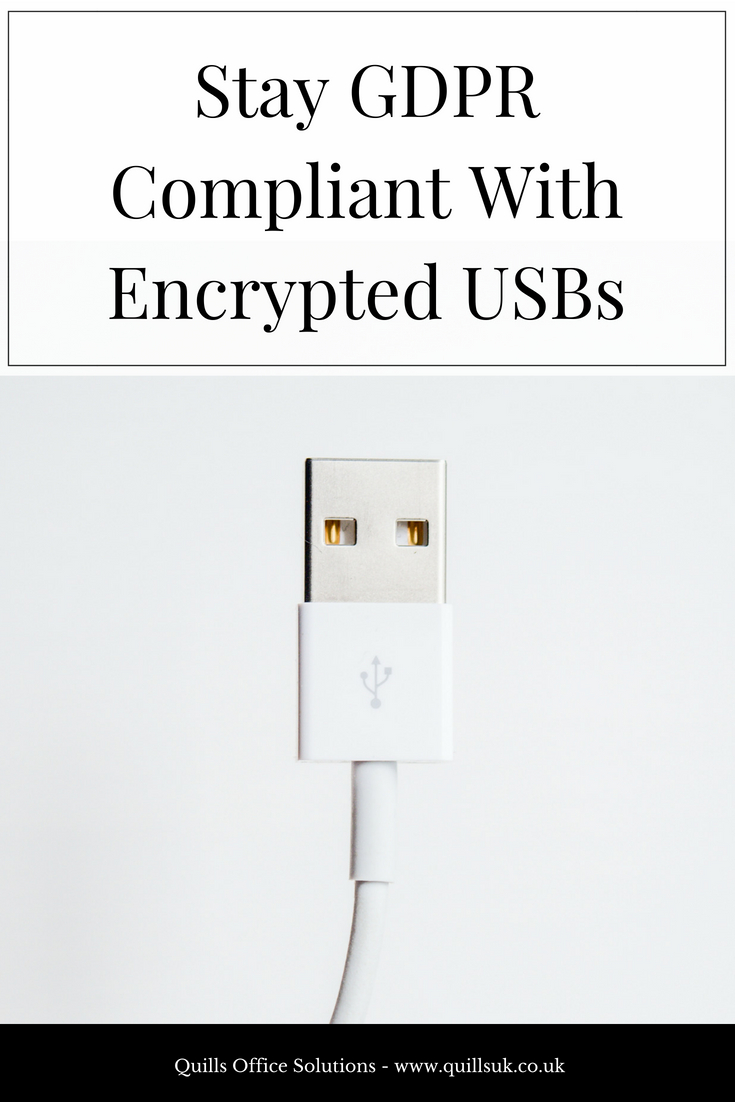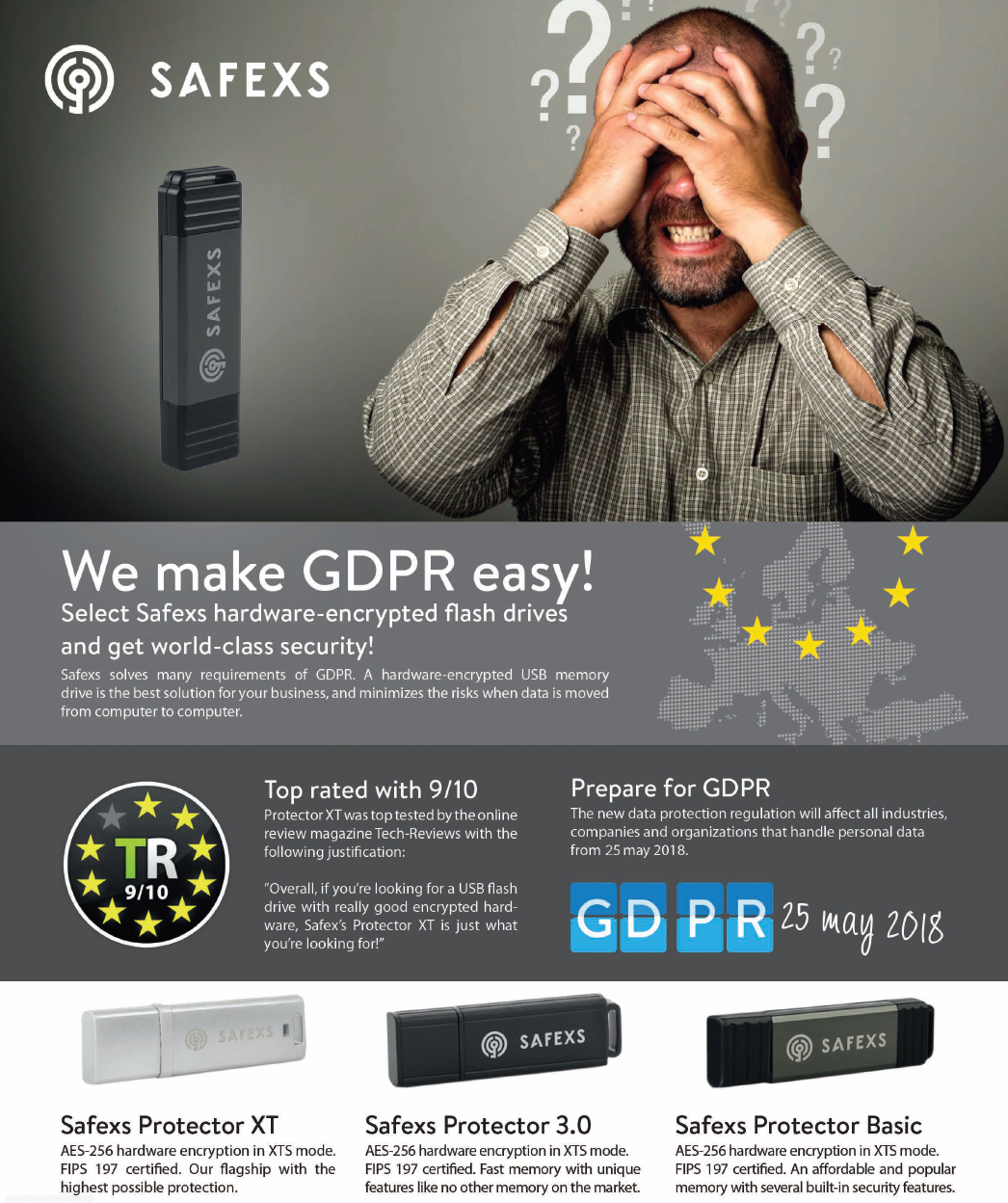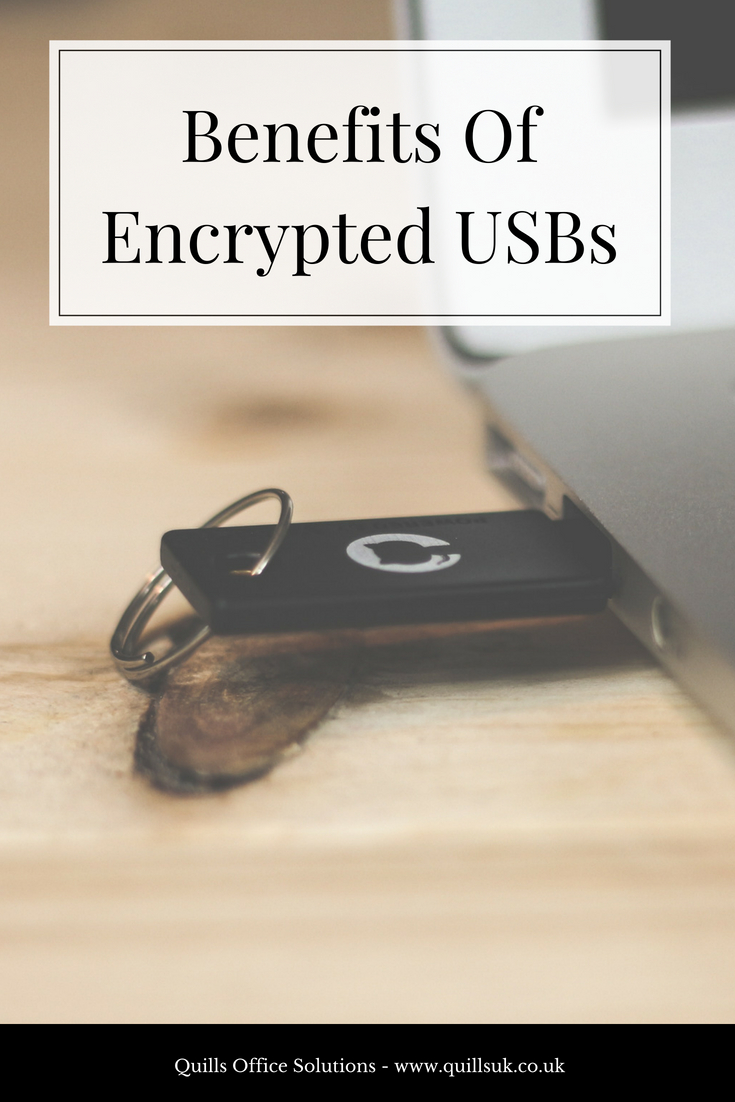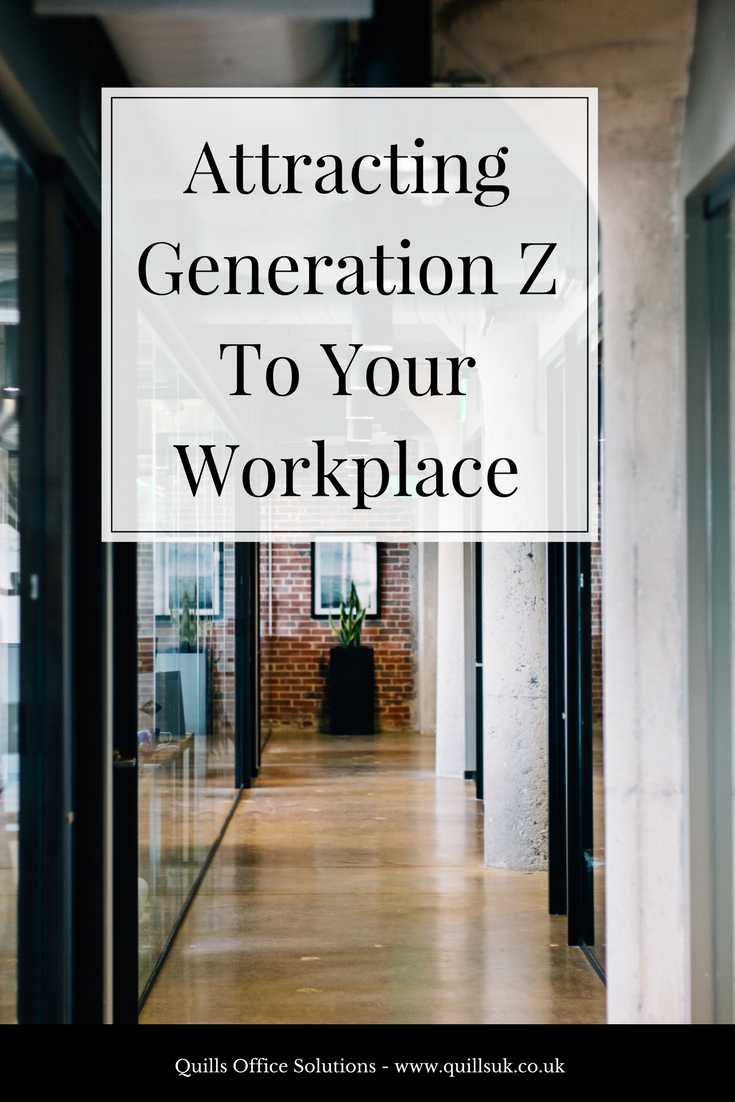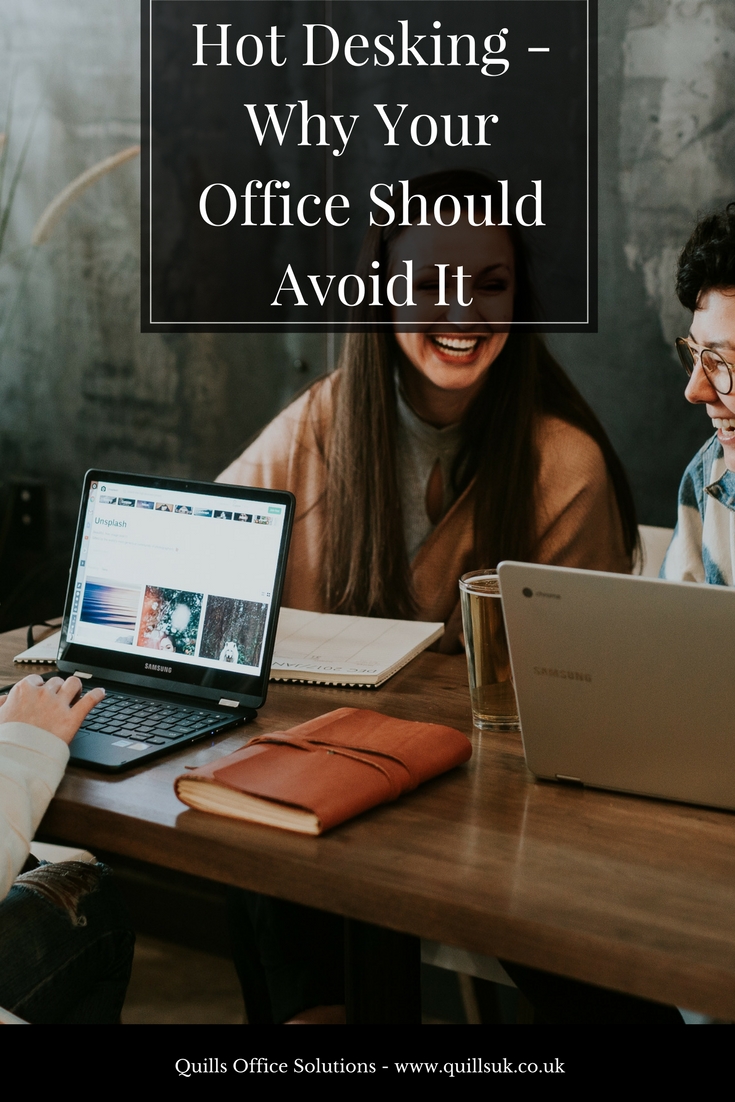Why Smart Businesses Are Focusing On Employee Happiness
In recent years, there has been a distinct trend in workplaces leaning towards being more human-centric. Trends designed to encourage collaboration and interaction like the open office; workplaces with bean bags and sofas to promote happiness at work.
Businesses like Google and Facebook are renown for having lavish offices that could be mistaken as theme parks, often elaborately decorated and complete with fancy toys like slides.
The question is: what’s driving these trends? More importantly, is there any benefit to them or are they just clever marketing tactics?
In a world obsessed with social media, where each aspect of everyday life is an opportunity for Instagram and everything is under pressure to be picture perfect, it’s easy to dismiss these offices as pandering. Or worse, compensating. After all, having a photogenic office does not make your office a fun or successful place to work . . . But it can make your office look fun and successful, which, as per social media culture, can seem just as important. Plus, it’s a way for companies to get featured on “Top 10 Coolest Offices In The World” lists and go viral.
That being said, the rise of human-centric design is by no means a fad or parlour trick. These businesses may be savvy on the marketing aspect of their excessive designs – but, first and foremost, they’re meeting the needs of their most important target audience: their employees.
Workers Don’t Want Slides And Ball Pits
Expedia is a prime example of a business getting it right; routinely listed on the aforementioned “cool office” lists, Expedia’s London office boasts table tennis, football, gaming consoles and a cocktail bar. Knowing this, it likely comes as no surprise that in 2016 and 2017 Expedia was Glassdoor’s highest rated place to work (based on employee satisfaction). What may be surprising…
86% of UK employees surveyed said fun office features are of no value to them. 25% find certain features annoying. – Source
If employees’ happiness isn’t being impacted by office additions such as ball pits and gaming areas, what makes Expedia such a good place to work? They focus on what employees actually want.
Expedia employees aren’t happy because of all the office’s fancy bells and whistles; the most common praise is in fact for “culture” and “career opportunities”. Instead of focusing their efforts solely on creating an Instagram worthy workplace full of amenities people are considered to want, they focused on the things that people have actually been proven to want.
What Do Workers Want?
Fortunately (from a business perspective, at least) what employees actually want is less planning-permission-required, up-in-the-clouds slides and more down to earth.
In 2016 , a Society for Human Resource Management study discovered some of the things employees value most are:
- Pay
- Prospects
- Feeling respected
- Trust
In terms of additional benefits, slides and gaming consoles still don’t rank very highly on employees priority list. The kind of perks people actually want, according to Harvard Business Review’s study, are:

Why Are Businesses Focusing On What Employees Want?
Thinking about the working culture of the past, it may be weird to think that businesses are now catering to their employees. After all, employees are paid to be at work – what else is necessary?
For smart businesses, a lot more.
Happy, satisfied employees are all-round a far better investment for the company. They’re more efficient, more productive and they stay at the company for longer. On top of that, their quality of work is improved too!
Did you know that a report carried out by Oxford Economics found that it costs up to £30k to replace an employee?
Your business is built on your employees’ work – so you want to make sure that they’re working to their optimal capacity.
We hope this article provided you some insight into why smart companies focus on their employee happiness – and why your business should too.
For more business solutions, feel free to take a look at our extensive service list.

